I am working on creating a footprint for the MAX25254 buck regulator and am puzzled by several inconsistencies which are proving annoying:
- Inconsistent pad sizes
- Seemingly unnecessarily complicated shapes
- Rounded corners but with inconsistent radii and application
- Inconsistent landing pattern from one diagram to another
Documents:
Exhibit A: "Recommended Land Pattern"
Exhibit B: "Pad Details"
Exhibit C: "Pin Configuration"
Inconsistent pad sizes: I am used to having two or three different pad shapes and sizes on a chip, usually for heat- or current-handling purposes. This IC employs nine different pad shapes. Why vary the pad sizes so much (especially left and right sides)?
Unnecessarily complicated shapes: For example, the two central bottom pins have a slight cutout. Why?
Rounded corners but with inconsistent radii and application: On pads that are the same size, rounded corners vary for no apparent reason. The third and seventh small pads along the top have a sort of notch on one corner.
Inconsistent landing pattern from one diagram to another: Both diagrams in each document include the "not to scale" text, which is fairly standard. Thus I can forgive, for example, the bottom two pins looking drastically different in placement between the documents. The main issue here is the bottom corner pads (GND). The outer edge of these pads aligns with other pads in _Recommended Land Pattern" but extends beyond them in "Pad Details." Also in "Pad Details," the upper-right pad is shifted to the right and not symmetrical compared to the upper-left pad. I fully expect this is an error in documentation which I will bring to the attention of our Maxim rep.
The Question:
Other than making things difficult for the engineer drawing these footprints, is there some reasonable justification for having these myriad of differing features on an IC? What functional or manufacturing purpose do these little details serve?
